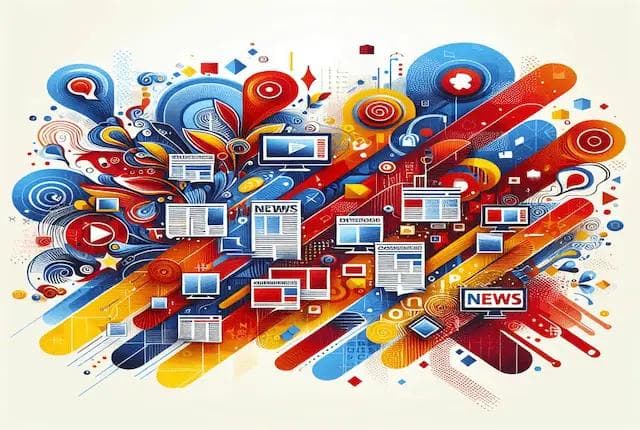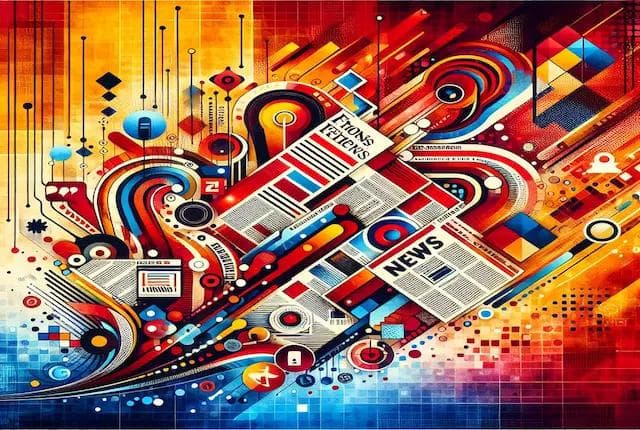Blurred Lines: Everyone’s a Fintech
Blurred Lines: Everyone’s a Fintech
Published by Jessica Weisman-Pitts
Posted on May 19, 2022

Published by Jessica Weisman-Pitts
Posted on May 19, 2022

By Shawn Conahan, Chief Revenue Officer, Wildfire Systems
Willie Sutton was a very successful American bank robber, who, when asked why he robbed banks, famously (if not apocryphally) stated, “Because that’s where the money is.”
Today, the notion of a bank being a physical location full of cash seems a bit quaint, particularly as we move to a cashless society and away from the branch banking model, to a more virtual representation of money and all of the services consumers need to manage their finances.
Once you take away that consumer-facing concept of a “bank” being a building you walk into, and instead think of it as an organization that delivers financial services to you mostly virtually and electronically, you start to see that the successful bank of the future is probably the one that focuses the most on making the financial lives of consumers the easiest, and with the most added value.
I know I am not saying anything groundbreaking here. Angela Strange at Andreesen made this statement in 2019, “Every company will be a fintech company.”
Between then and now, not “every” company is a fintech company, but we are seeing the evolution.
The financial services industry is in the middle of a paradigm shift away from being a low-engagement place where people simply store their money, to a high-engagement service that acts as a companion in consumers’ financial lives.
The services that matter the most to consumers, it turns out, are not about where their money is passively stored, but how their money is actively spent. The big themes in money management are about reducing friction, creating payment preference, and increasing the value of every dollar spent.
Big Tech’s Role in the Evolution of Consumer Banking
The “Big Tech” companies, including Apple, Google, Microsoft and Samsung (along with a lot of fintechs and some traditional banks), are doing their best to reduce friction for consumers. Each of them has a wallet and payment product, essentially turning a user’s mobile device into a payment mechanism.
Does that make them “banks?” No, but as a consumer, I sure do appreciate the ability to tap a terminal and pay with my mobile phone. And, it certainly creates affinity with them vs. my bank, which is busy increasing fees for my checking account.
Now, Apple has gone one step further by announcing that we will soon be able to use our Apple devices to receive payments, turning every iPhone and iPad into a POS terminal. Does that make Apple a “bank?” No, but I’ll bet a lot of SMBs are going to adopt that technology.
The technology powerhouses (and it should be noted – a number of fintechs and traditional banks) provide some kind of wallet where value can be stored before it is spent. I love the ability to put virtual gift cards, credit cards and bank accounts all in one place, funneling all of my disparate near-line wealth into a single place from
which I can buy stuff. Does Apple Pay make Apple a “bank?” No, but they sure seem to be transacting a lot of my payments. I don’t notice the brand of the POS terminal I tap my card to, but I notice every time I use my phone to pay for something.
Some technology powerhouses, and an increasing number of fintechs and traditional banks, provide some form of cash back rewards or other financial incentives like coupons when I go shopping, which helps me stretch my dollar further.
This is particularly important today when inflation is at historic levels. For instance, a *Microsoft Rewards customer using the Edge browser will see coupons embedded in their search results. Does that make Microsoft a “bank?” No, but I sure do appreciate them providing a rewarding shopping experience whenever I spend my money.
The point here is that it does not matter that the large technology companies are not “banks” if the services they provide to consumers are the ones that drive affinity and loyalty.
Does Apple really care that they are not the place where my paycheck gets auto-deposited? Probably not, as long as they are making transactional revenue from me.
The result is that the technology consumers interact with is where the innovation and differentiation in making financial services more frictionless and rewarding is happening. Meanwhile, the notion of a “bank,” where a consumer stores their money in savings and checking accounts, is becoming increasingly commoditized.
According to BCG and QED Investors, this alignment – with the goal to better consumers’ financial lives – represents an opportunity for traditional financial institutions to partner with fintechs to create more robust offerings, leveraging their respective strengths to create synergy and lasting consumer value.
So maybe the lesson for our industry is this: Banks need to be “fintechs.” If it is the “tech” in “fintech” that makes consumers’ financial lives more robust, it sure seems like that is where the hearts and minds of consumers will be won.
About the author
Shawn Conahan is currently Chief Revenue Officer at Wildfire Systems, where he develops strategic partnerships with major finance, banking, and fintech companies to enable the creation of new revenue streams and modernizing their customer experience to position them competitively for the future of banking and money.
Explore more articles in the Finance category











